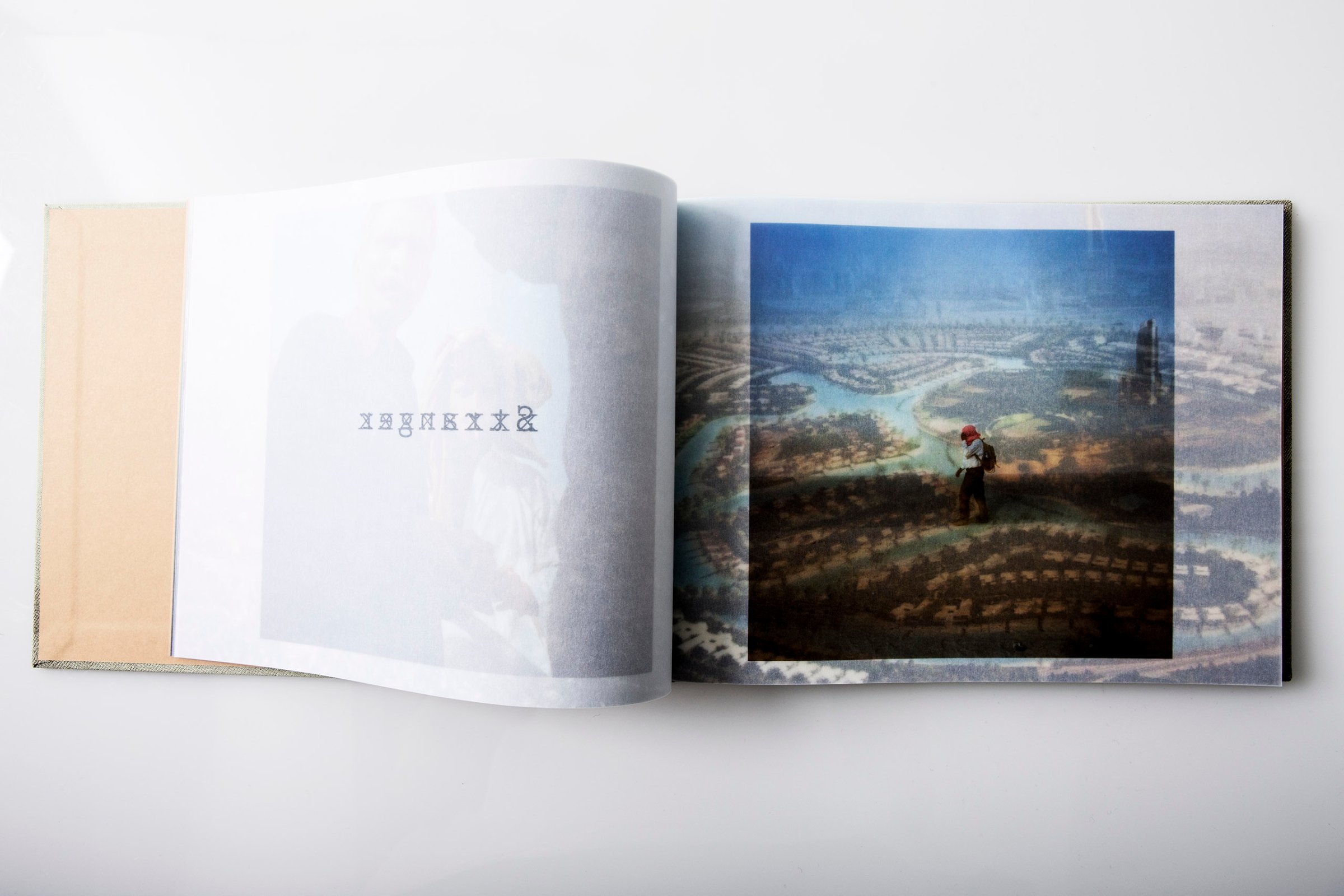
Magnum Photos member Olivia Arthur has had an unusual career. While most photographers focus on their work, the London-based photographer took over an old fish and chips restaurant and transformed it into the Fishbar gallery. She’s also launched her own imprint to publish her books and those of her colleagues. Earlier this year, she released her latest monograph, Stranger, which deals with the aftermath of a marine disaster that killed more than 200 people in Dubai in 1961. The peculiar photobook is printed on transparent paper, offering readers a whole new way to experience Arthur’s images.
In the second installment of TIME LightBox’s Anatomy of a Photobook series, Arthur explains how Stranger came together.
Olivier Laurent: At the center of your work, there’s this shipwreck, which took place in 1961. How did this become the focus of this work?
Olivia Arthur: When I first [arrived] in Dubai, I had two impulses. One was to look at the history of the city because I felt that people were always talking about its future and what it has become and will be. The other was not to see the place as myself (the western expat) but to come to it from a different point of view. So I guess I went delving into the history of the city looking for some other kind of perspective. In my research I came across this story of the shipwreck in 1961 of a boat that was travelling between India and the Gulf. I was drawn to the story partly because of my link to India having lived and worked there for many years. And then I researched further and I came across the story of a family who refused to believe that their son/brother was lost in the shipwreck and who continue to search for him to this day. And it all fitted into place in a way… here was this potential survivor, lost somehow, and all I did was try and see the city through his eyes, from his point of view.
Olivier Laurent: Why choose this form of narration?
Olivia Arthur: This character gave me a way to link the present city to the time in its past when it was just a tiny place, hardly more than a village. To take his journey through the city I was looking for answers not just about what is there now, but how it grew. It gave me a reason to venture into the older Indian Business community, which is, in a way, the community that has built the city up.
Olivier Laurent: The book distinguishes itself for the choice you made of printing all images on transparent paper. Why did you make that decision? What do you want your readers to get from it?
Olivia Arthur: So the original paper choice came up because I was looking for a way to have the words and images run together. I didn’t want to separate them but I also didn’t want them to be captions. I think that one of the biggest challenges when making photobooks is to get the balance right with the text. I am a big believer in books that can be ‘read’. So I wanted the texts to be like snippets of conversations, things overheard, etc. I wanted the book to give the experience of wandering through the city with all its sights and sounds. I wanted to create a sense of confusion as well, because that is how I saw it and I think it’s a very confusing and alienating city. So we were playing with texts on tracing paper and then the idea to print the whole thing this way came up and I couldn’t let go of it because it fitted so well with the whole project, with the idea of memory, going backwards and forwards in time, of the shipwreck and the water and everything layered on top of each other. Of course I have had to sacrifice the individual images for the feeling of the whole, for the experience but I felt that it is worth it (and there is a piece of paper at the back that people can use to look at individual images, if they don’t throw it away without realizing why it’s there!)
Olivier Laurent: Choosing such a way of presenting the work must come with printing challenges. Was it hard to get the book printed?
Olivia Arthur: It was enormously complicated! Firstly we didn’t know if anyone could do it… so I had two versions of the book, one on regular paper and this one (of course the edit had to be completely different) and for a long time we didn’t know if we could do it. Then we went on a long wild goose-chase looking for this beautiful Japanese paper which is a bit like rice-paper but in the end wasn’t transparent enough. Eventually a printer in Belgium really got behind the project and did a lot of tests developing special curves for printing on this paper (it’s extremely sensitive to moisture and you have to use less ink) and testing the binding (it’s very brittle) and we were able to pull it off.
Olivier Laurent: How did you ensure that the quality and color of your images would be maintained (once you position the blank sheet of paper underneath your images)?
Olivia Arthur: At the printer we worked with a sheet of white paper underneath and then we would fold up the test sheets and see how it looked through a couple of layers. Another funny thing about this paper is that its temperature changes a lot depending on the light. Sometimes it looks incredibly blue and sometimes very yellow. It was difficult and tough to get the colors right but we persisted and the printers were nearly tearing their hair out… We were on press for about twice the normal time.
Olivia Arthur’s Stranger is published by Fishbar.
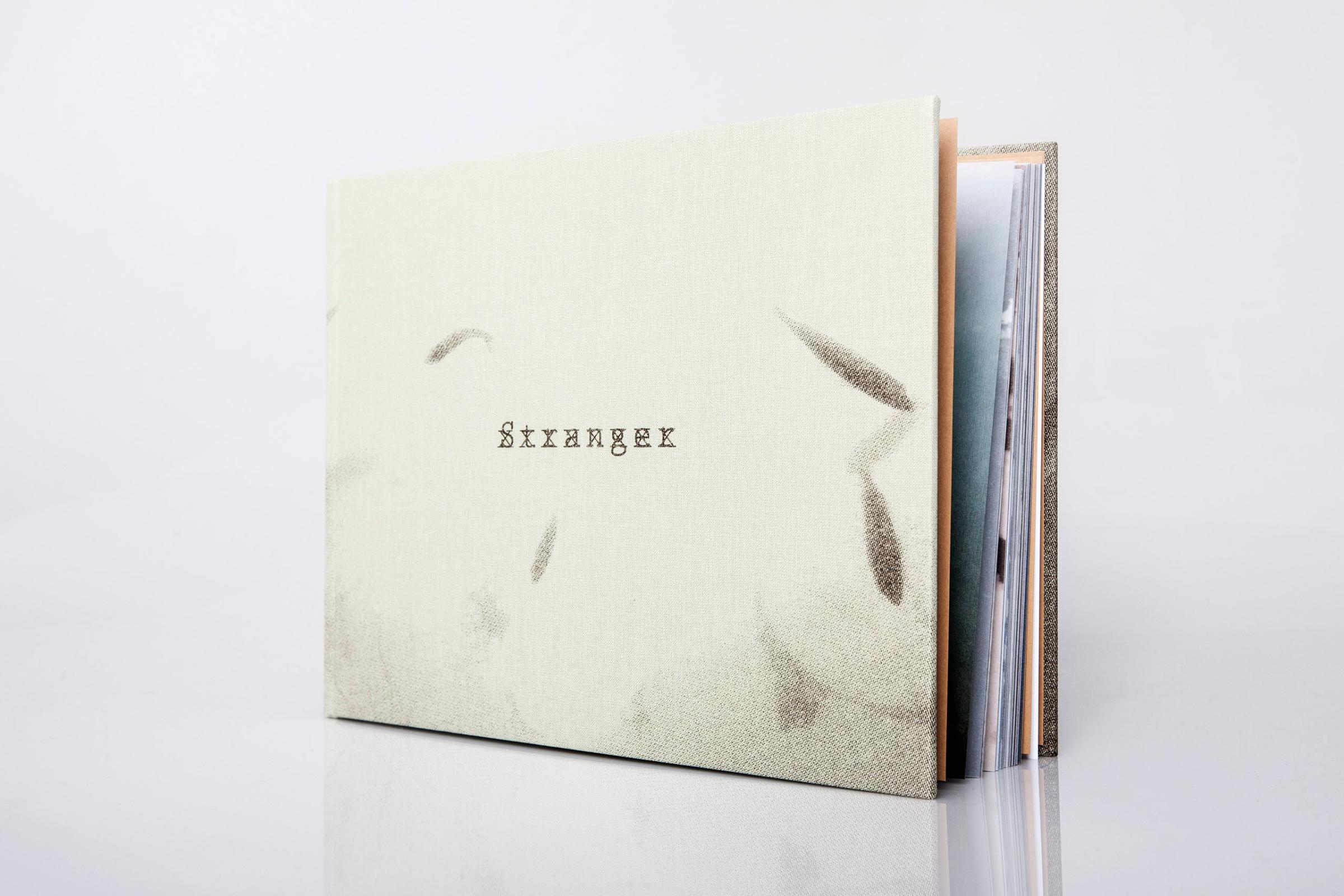

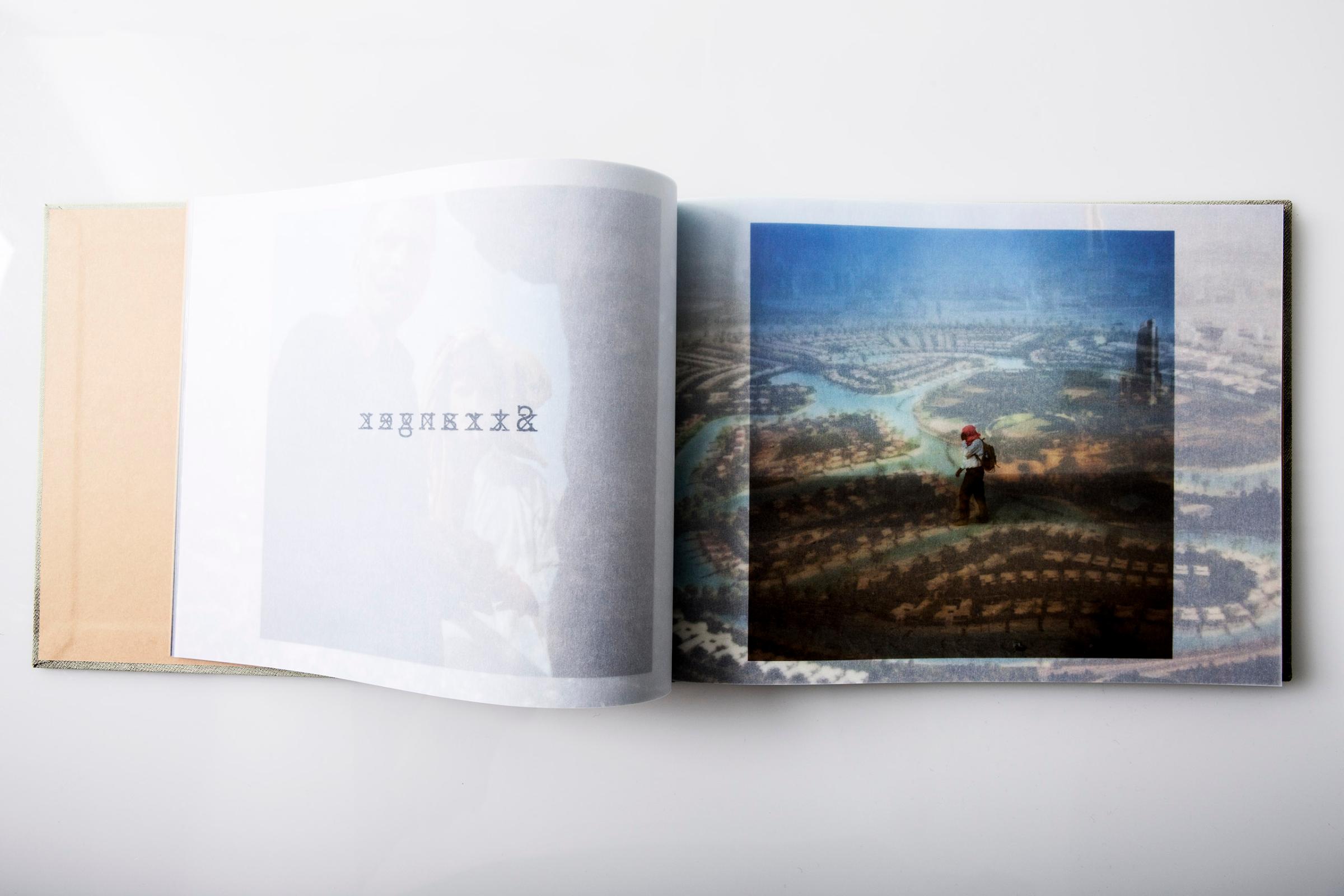


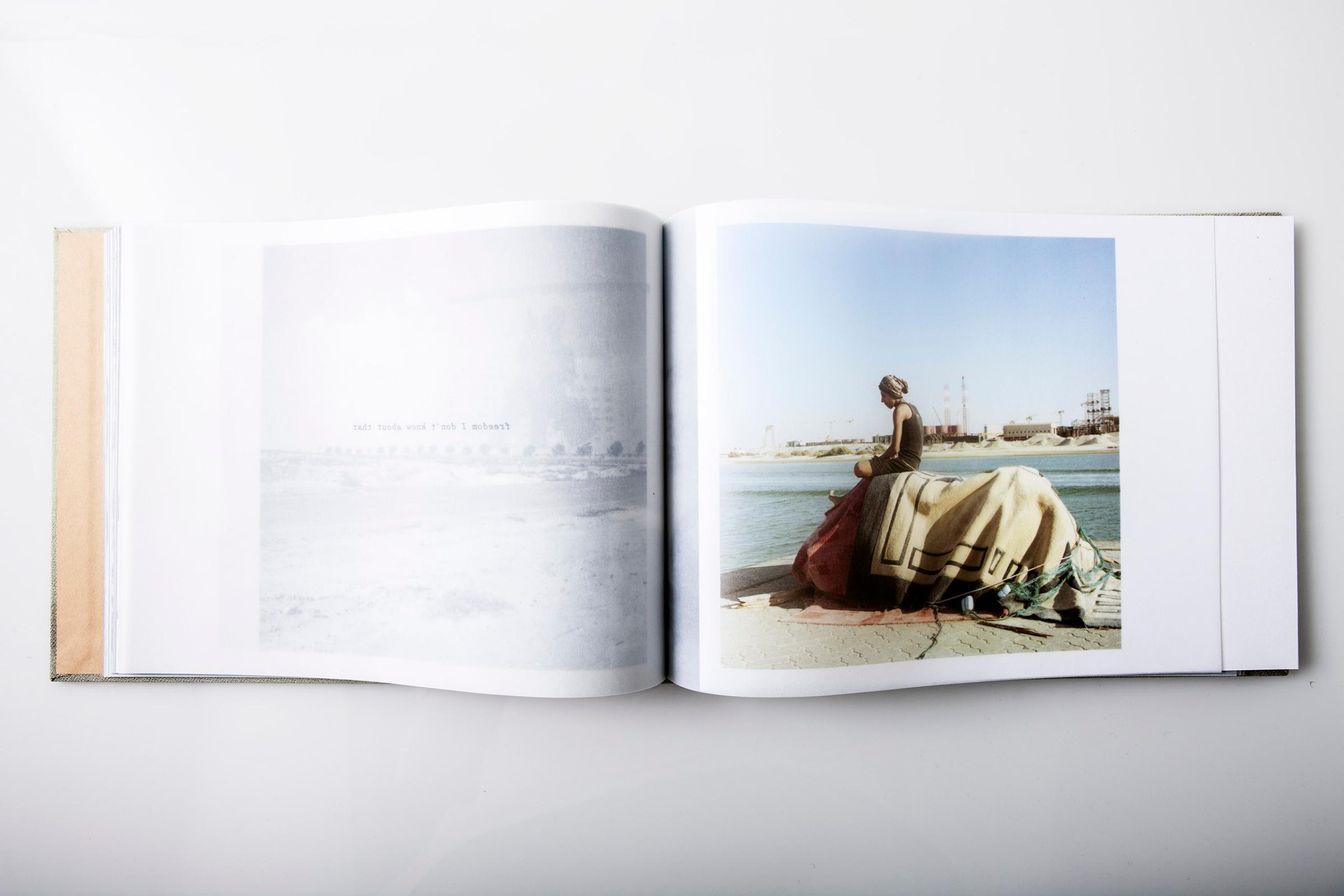
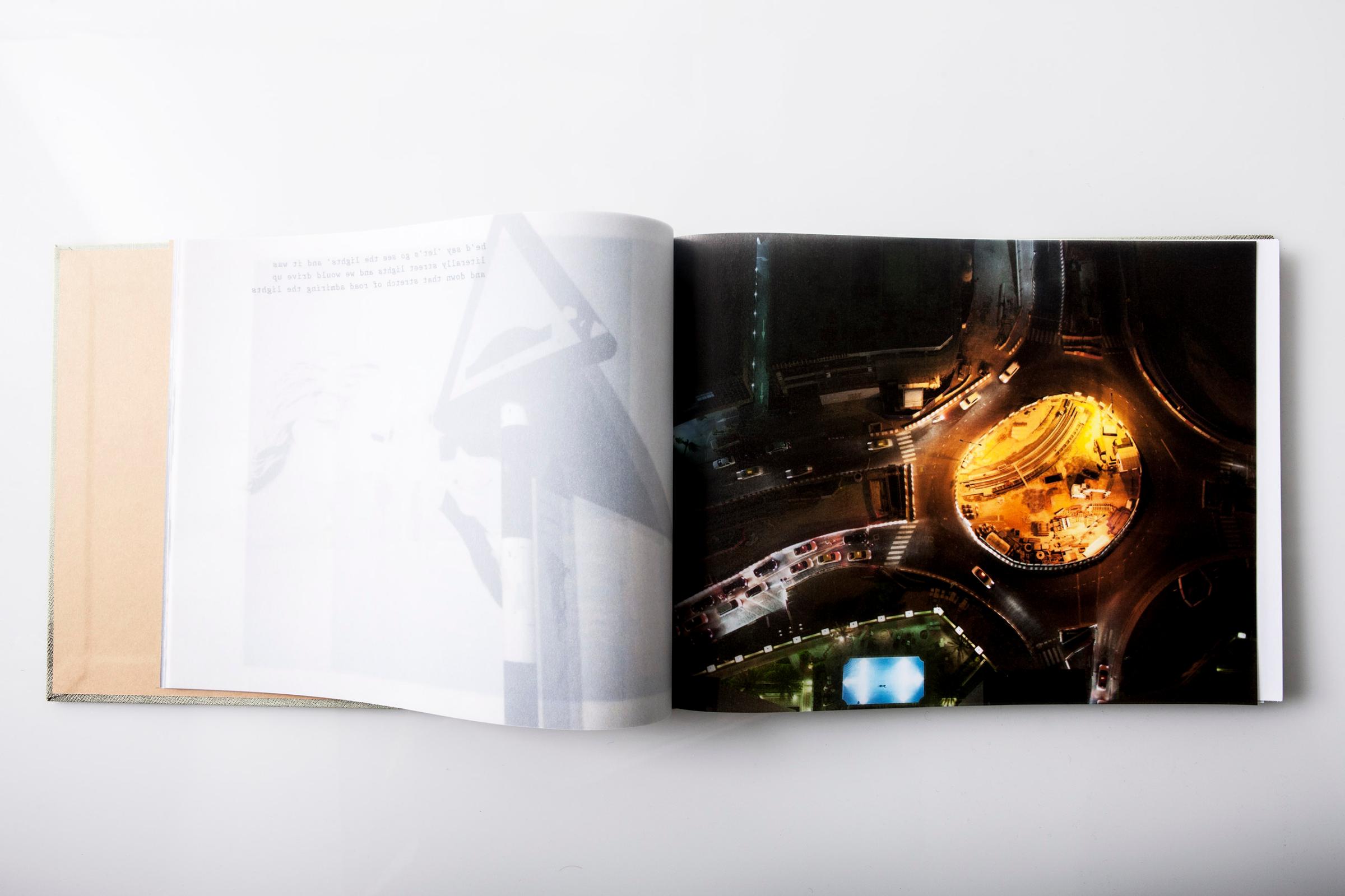
More Must-Reads From TIME
- The 100 Most Influential People of 2024
- The Revolution of Yulia Navalnaya
- 6 Compliments That Land Every Time
- What's the Deal With the Bitcoin Halving?
- If You're Dating Right Now , You're Brave: Column
- The AI That Could Heal a Divided Internet
- Fallout Is a Brilliant Model for the Future of Video Game Adaptations
- Want Weekly Recs on What to Watch, Read, and More? Sign Up for Worth Your Time
Contact us at letters@time.com